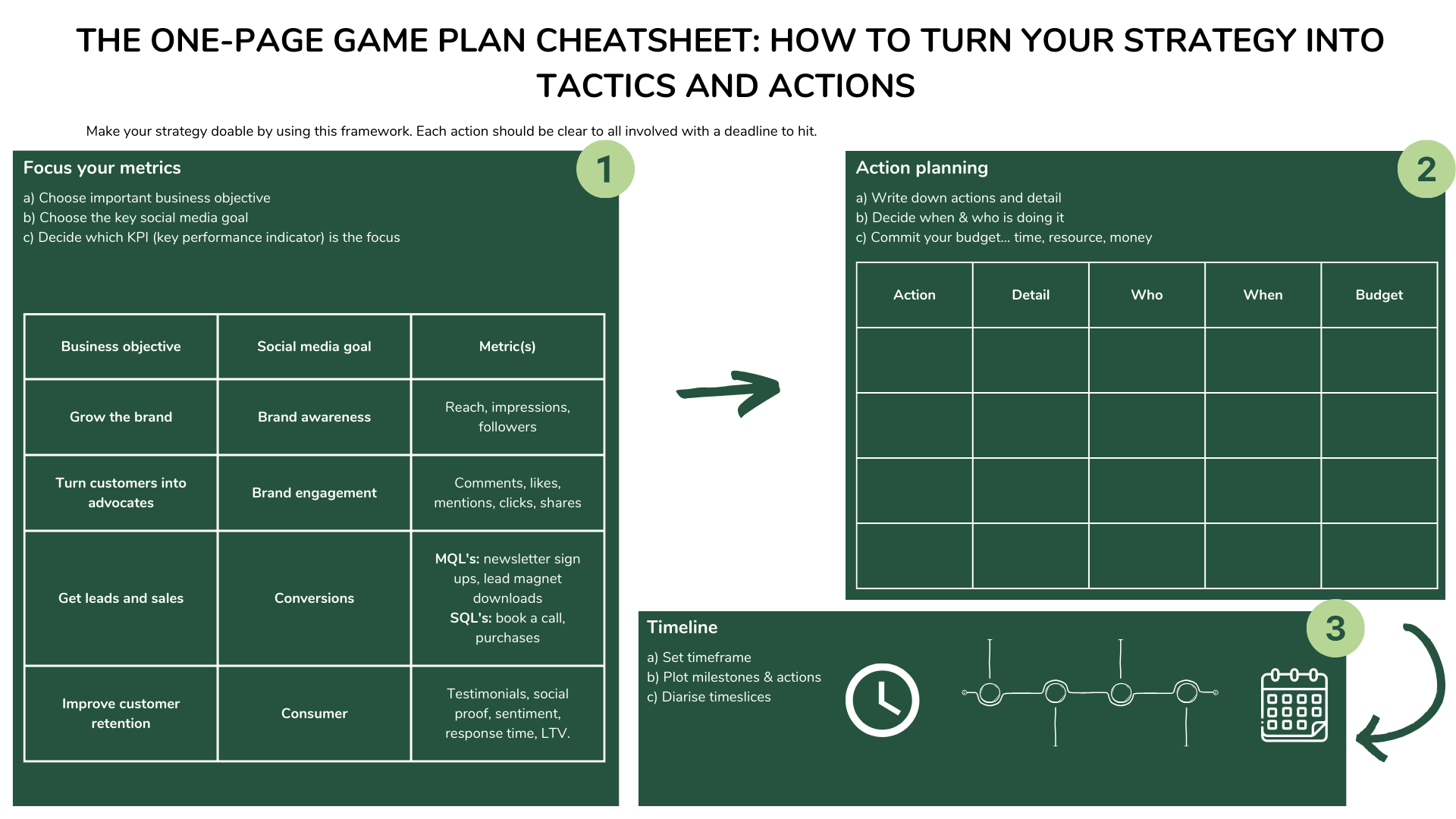Meta ads manager: the definitive guide to a Facebook ads manager
META ADS MANAGER: THE DEFINITIVE GUIDE
Did you know that over three million businesses around the world use Facebook to market and advertise themselves? Or that around 125 million people use Instagram on a daily basis?
If you want to get people to see the products, solutions or services your company offers, you really cannot afford to avoid social media; it is where engaged people tend to hang out when they are online, and these platforms provide the ideal opportunity to get in front of millions of people quickly and easily. Facebook and Instagram advertising can both be incredibly beneficial to your business.
Facebook ads
When it comes to advertising on Facebook and Instagram, it requires more than simply the creation of an infographic, video or alluring piece of content; you need to be fully aware of how best to reach the most appropriate audience, how to create ads that truly work, and how you can track success.
To this end, Meta Ads Manager is an absolutely vital tool for an ad campaign, and this guide has been designed to ensure you can use this particular tool effectively and efficiently so you can manage and optimize your content.
How to begin
The first thing you need is to be able to access the advertisement management portal. To do this you need to log in to your Meta business suite via business.facebook.com or you can log in to your company’s Facebook page and select ‘Manage Ads’ from the drop-down menu; you will then be able to see an overview of current and past adverts, and you will also be able to quickly manage your advertisement settings, plans and schedules.
Give your team access
The next step is to ensure that everyone who needs access to the ads account is able to log on and carry out the relevant tasks. This can easily be done via the ‘Account Roles’ section. Assign the correct roles to the right people and you’ll be good to go.
Creating ads
There are numerous buttons, sections and metrics that can be viewed within the Meta Ads portal, but it makes little sense to list them all here; you should navigate the website yourself, become familiar with the layout, and then understand what area(s) you are most likely to require going forward. It is incredibly unlikely that you will need to make use of them all.
The idea of creating ads may seem daunting but, in actual fact, it’s very easy to get to grips with. Start by selecting the button that says ‘Create Ad’ and then choose the relevant campaign goal (this will generally be promoting your company page or highlighting a particular product or service).
The real skill here is using the correct copy that will draw people’s eyes and encourage them to click. It is certainly worth your time writing any content into a Word document rather than just typing it directly into the ad post, as this will enable you to proofread it, and will also give you a better idea of how it will look to the consumer. This will dramatically reduce the number of times you will have to amend your posts, but it is worth noting that should you ever need to edit an ad, this can certainly be done.
Defining the details
Once you understand the advert you want to post and what you want it to achieve, you need to ensure that you don’t overspend while also guaranteeing you can reach the people that will find your post valuable. This will often require a lot of trial and error, but by tinkering with ad placement, spend, publication schedule and target audience, as well as by monitoring your reports, you will be able to make the most effective decisions in both the short- and long-term.
Reports
It is absolutely worth having some certain goals – reach, spend, clicks, website visits – even if they are very rough objectives. These can be redefined over time, so don’t worry if they are wildly off at the outset. By keeping track of your reports, and then modifying your ads – in terms of content, tone and overall message – you will be able to see what content best engages your audience.
The amount of data Meta stores in relation to ad performance is incredibly extensive, so it may be worth figuring out the metrics that matter most to you and your team, and focusing predominantly on them. This information can then be saved down into files (if you want to send them to other people or put them in a report, for example) and can also be put into charts to make the data easier to read. This can also be done if you want to better understand key features regarding your audience and their behaviours.
Additional things to note
It is absolutely worth exploring Meta’s Creative Hub website to see an array of ad templates and formats, and also to get the latest information around what works well, what doesn’t, and what changes are being made to the Meta Ads section.
It is also important to remember that Meta Ads is being modified and enhanced all the time, so to see the best results over time, it pays to keep track and keep learning.





Sign up to our newsletter for the latest insider insights, top advice and more.
We will get back to you as soon as possible
Please try again later

Shoo Social Media
137 Bolling Road
Ben Rhydding
Ilkley Leeds
LS29 8PN
01943 430245
Info@shoosocialmedia.co.uk




